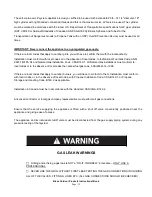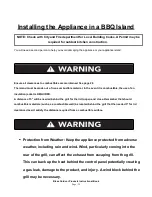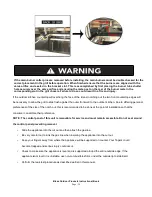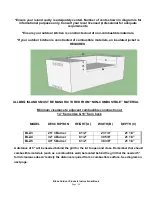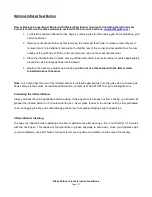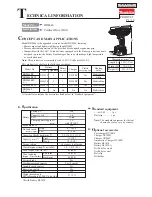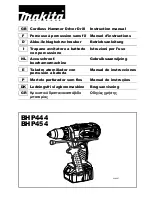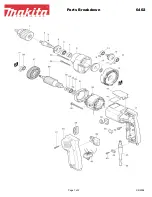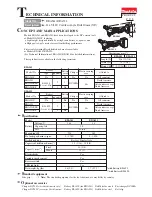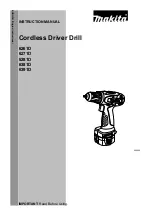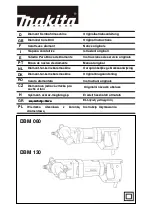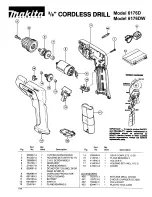
Blaze Outdoor Products Instructional Book
Page | 23
Outdoor Kitchen Ventilation
WARNING
Failure to adequately vent your outdoor
kitchen cavity could result in an explosion or
fire.
When building a gas appliance into an outdoor kitchen, it is necessary to provide adequate ventilation for
the island cavity underneath. This is necessary for not only proper combustion, but also to prevent a
buildup of gas. While the amount of venting required for your island will vary due to the variety of differing
local codes, inner framework and design of an outdoor kitchen, the amount of gas products installed and
their locations, etc., all built in applications/ islands should be ventilated in some way. Your local contractor
and/or your local code authority can determine adequate ventilation for each installation. Stainless Steel
vent panels are available from your dealer to cover the island venting.
The following information is important to consider when adhering to your local code requirements.
LP/Propane Gas:
LP gas is heavier than air and will settle to the lowest levels of the outdoor kitchen. If is
imperative to provide adequate cross ventilation for the areas where gas can accumulate at these lower
levels of the island cavity. Should the Propane cylinder be located in the outdoor kitchen itself, a plenum
wall is required to separate the gas source from the other areas of the outdoor kitchen (picture shown on
page 27), and both the cabinets containing the gas appliances and the gas tank should be ventilated
appropriately. If a plenum wall is undesirable, BLAZE offers a Propane tank drawer as an alternative.
NG/Natural Gas:
Natural gas is lighter than air and will rise to the highest levels of the outdoor kitchen. It is
imperative to provide adequate cross ventilation for the areas where gas can accumulate at these higher
levels of the island cavity.
The following diagram shows a variety of examples of venting locations and configurations for an outdoor
kitchen. These are not the only possible options for venting but instead simply some examples of the more
common configurations found. Notice the middle set of vents being positioned lower on the island cavity
for LP gas.







